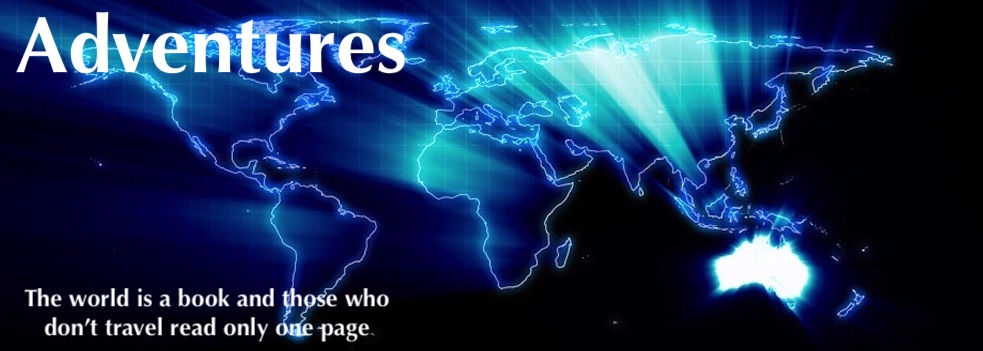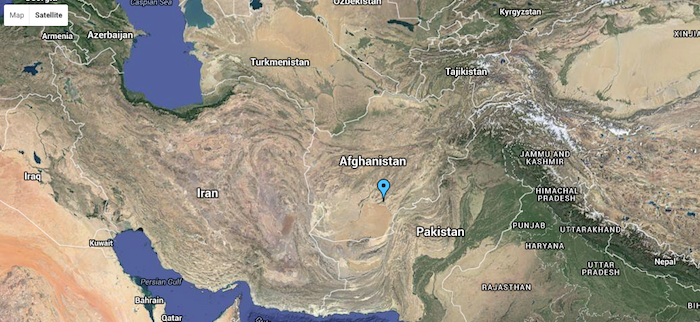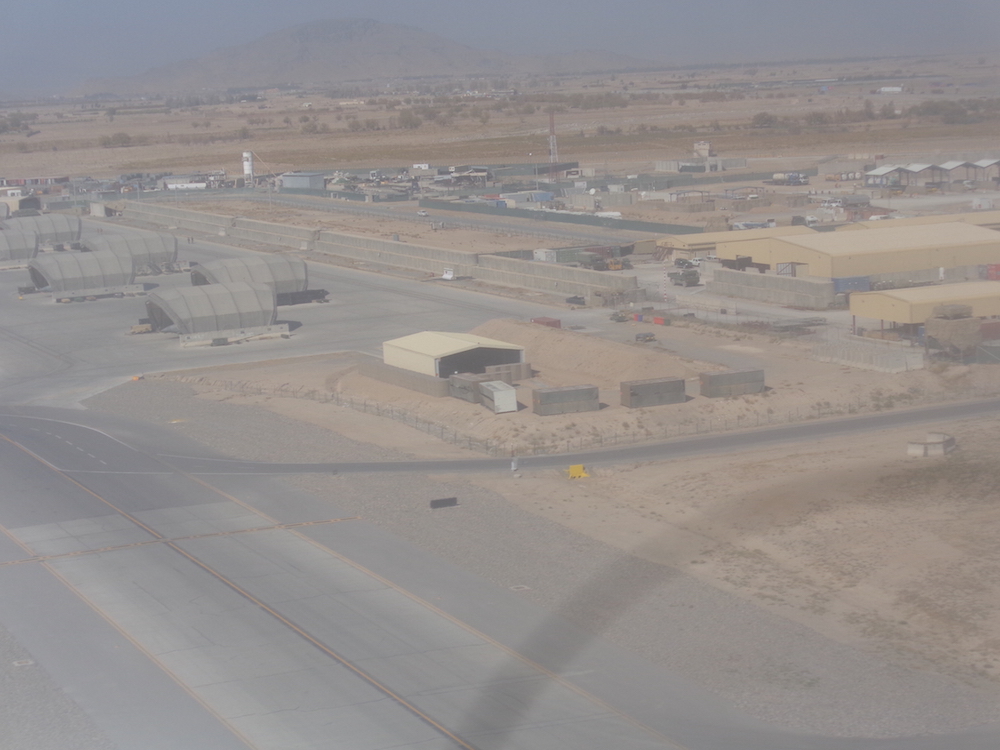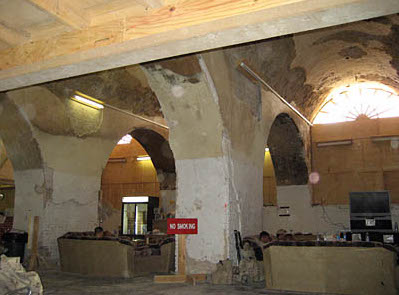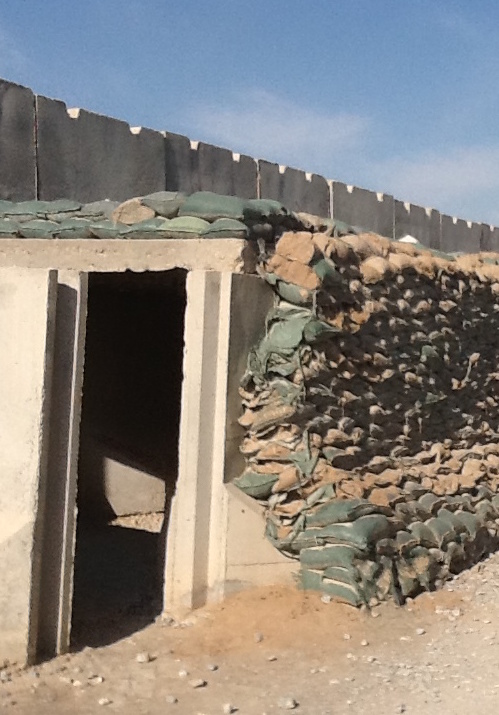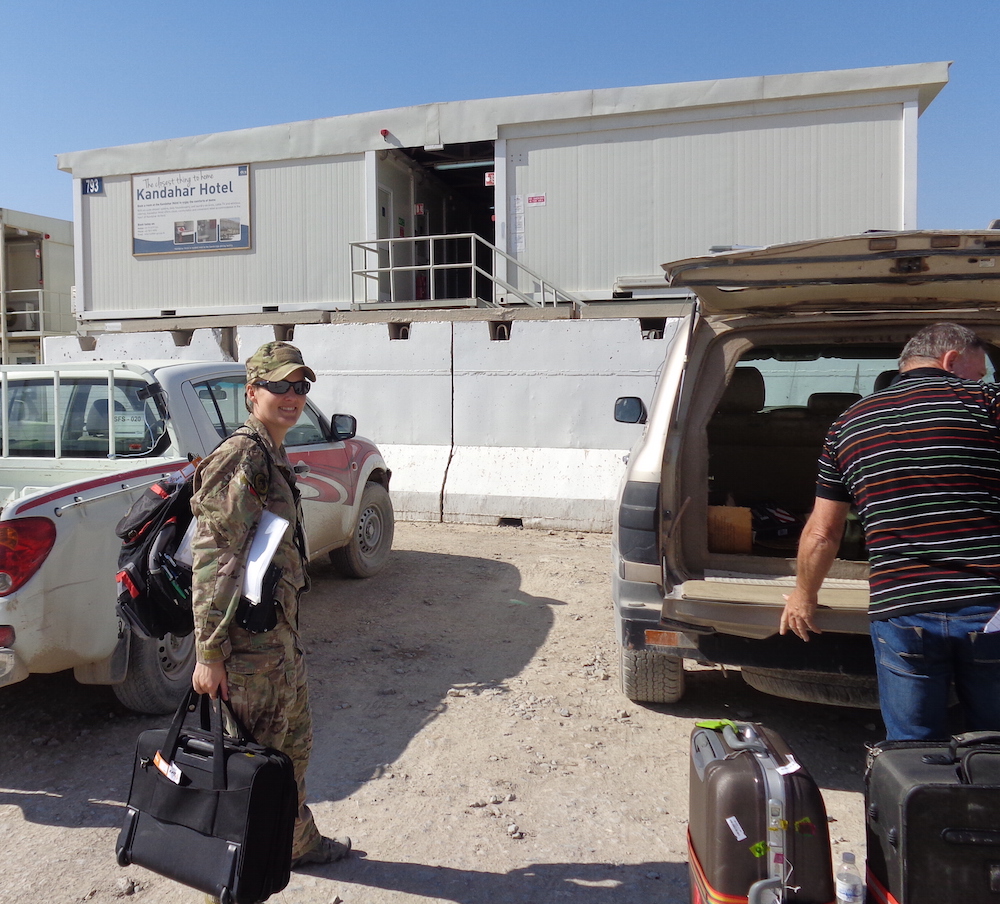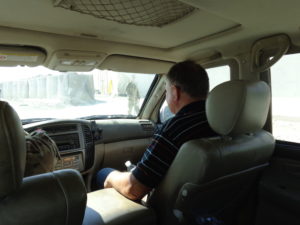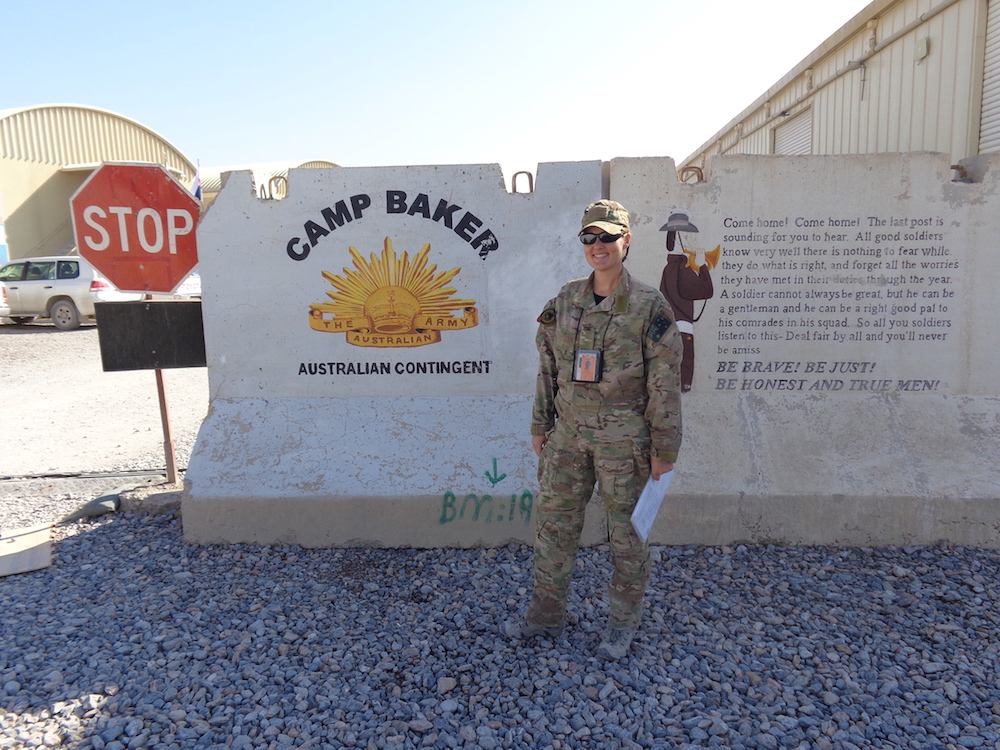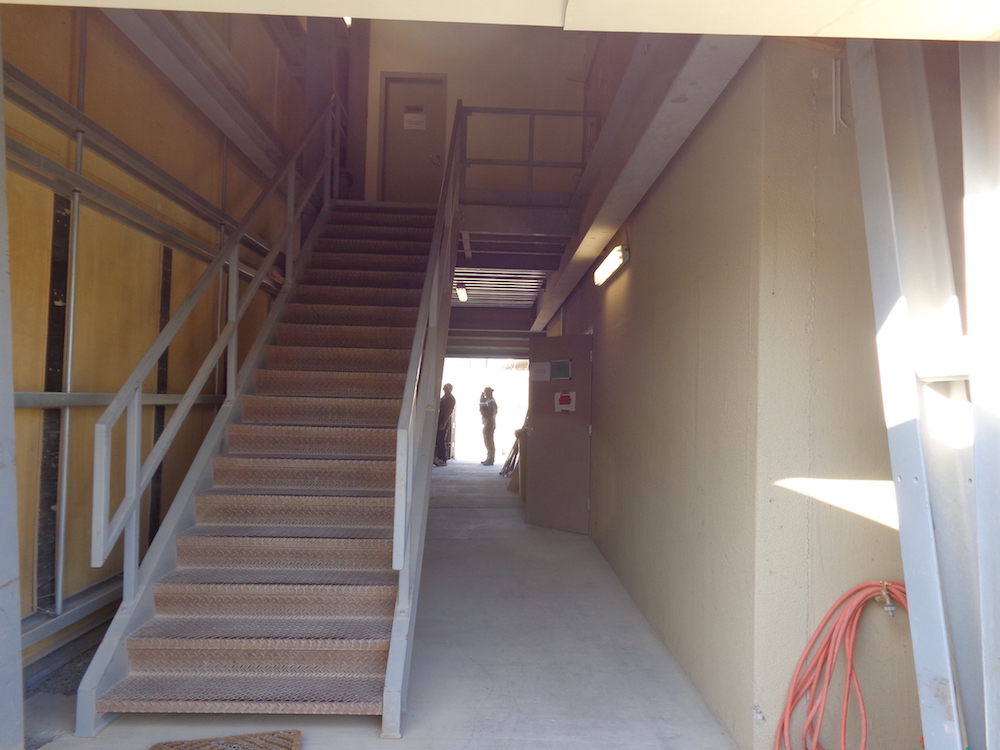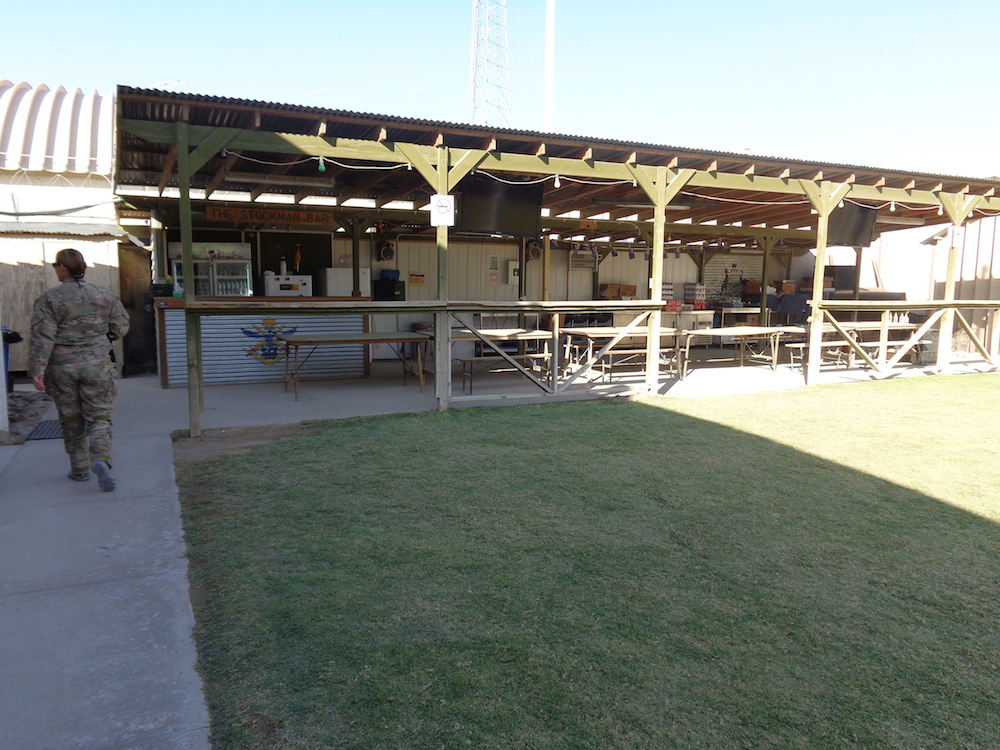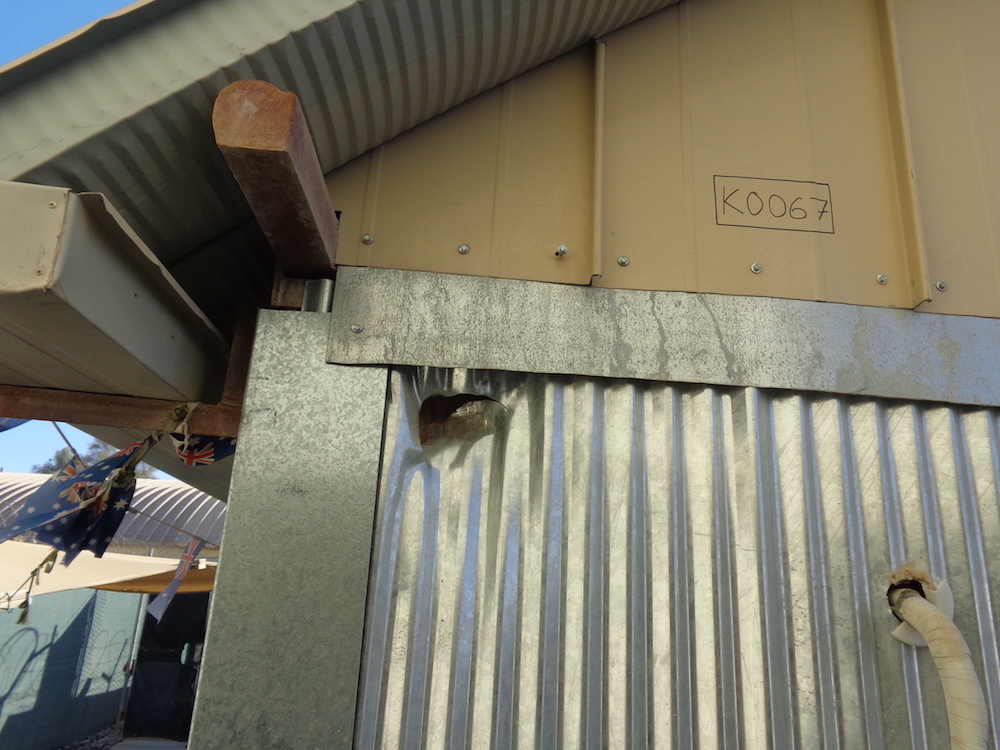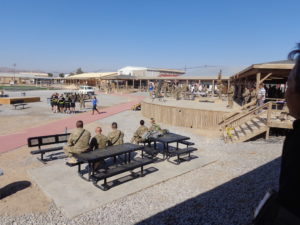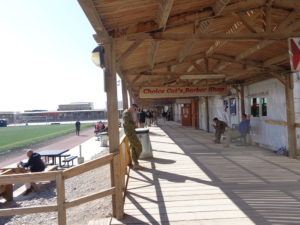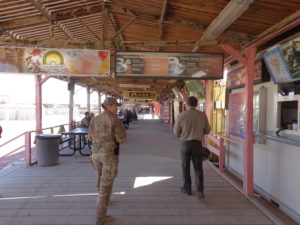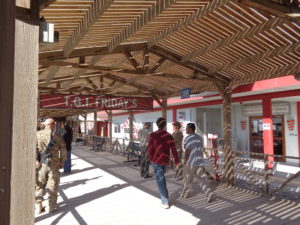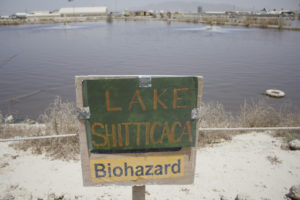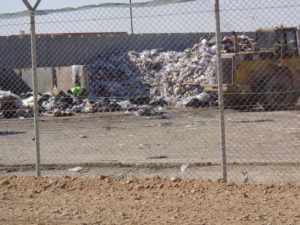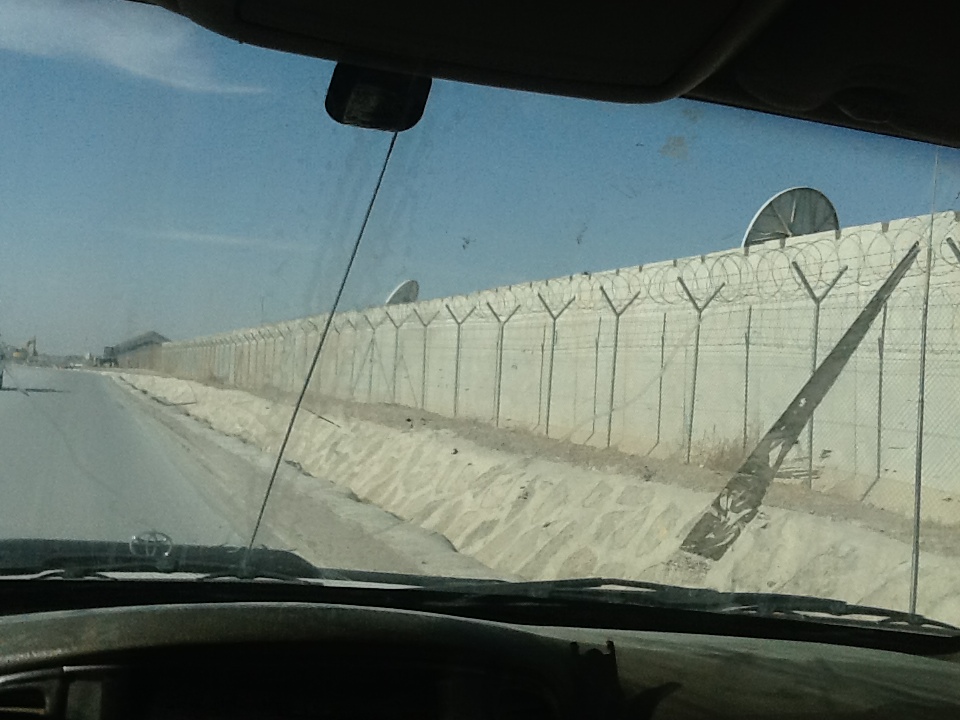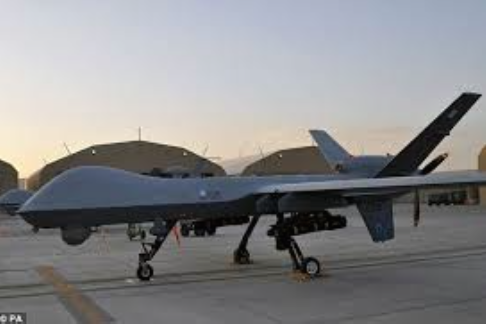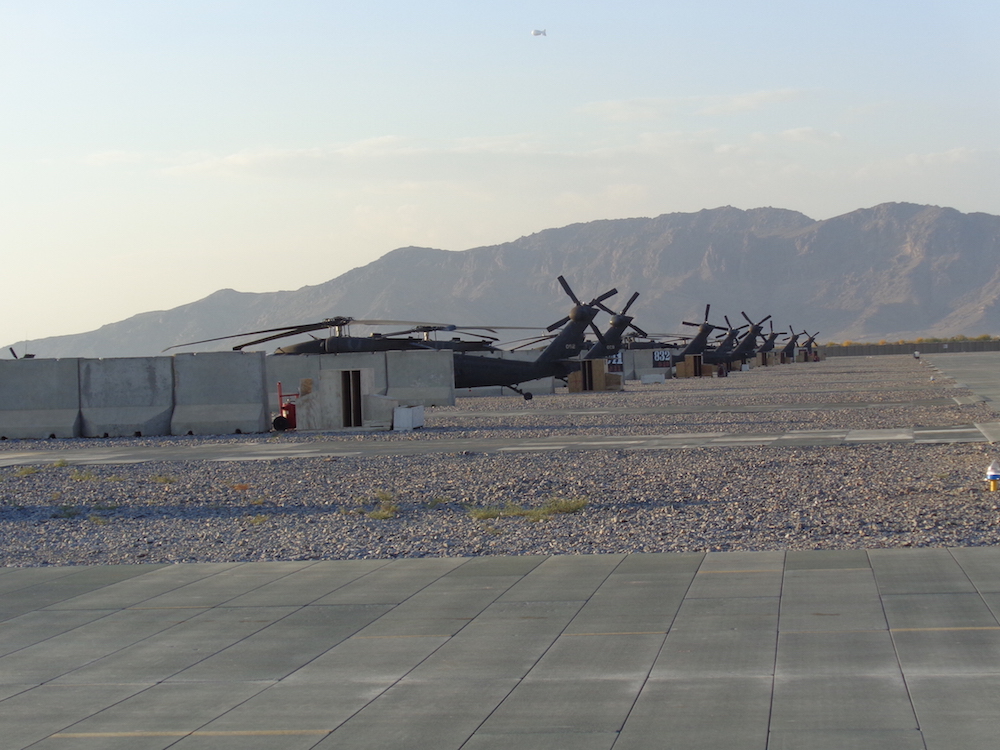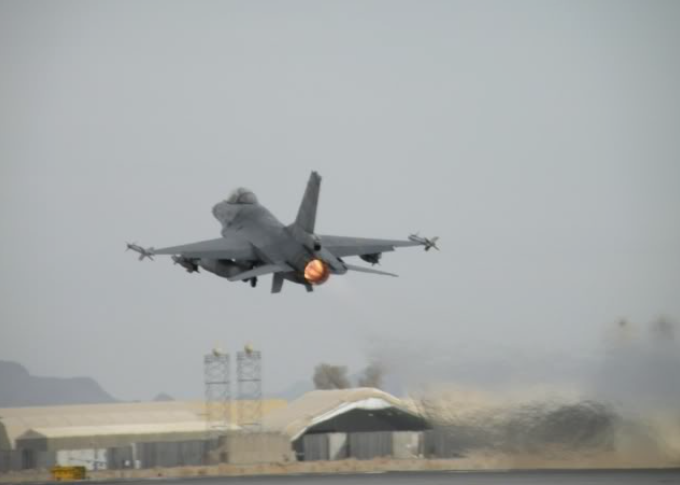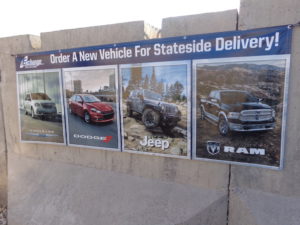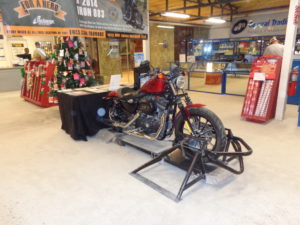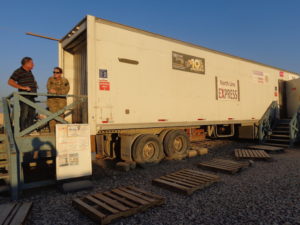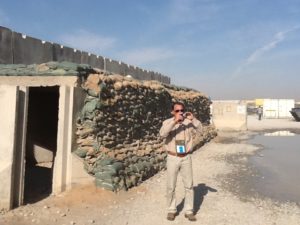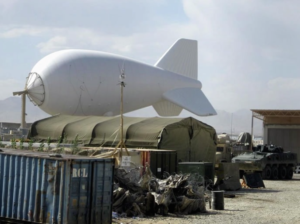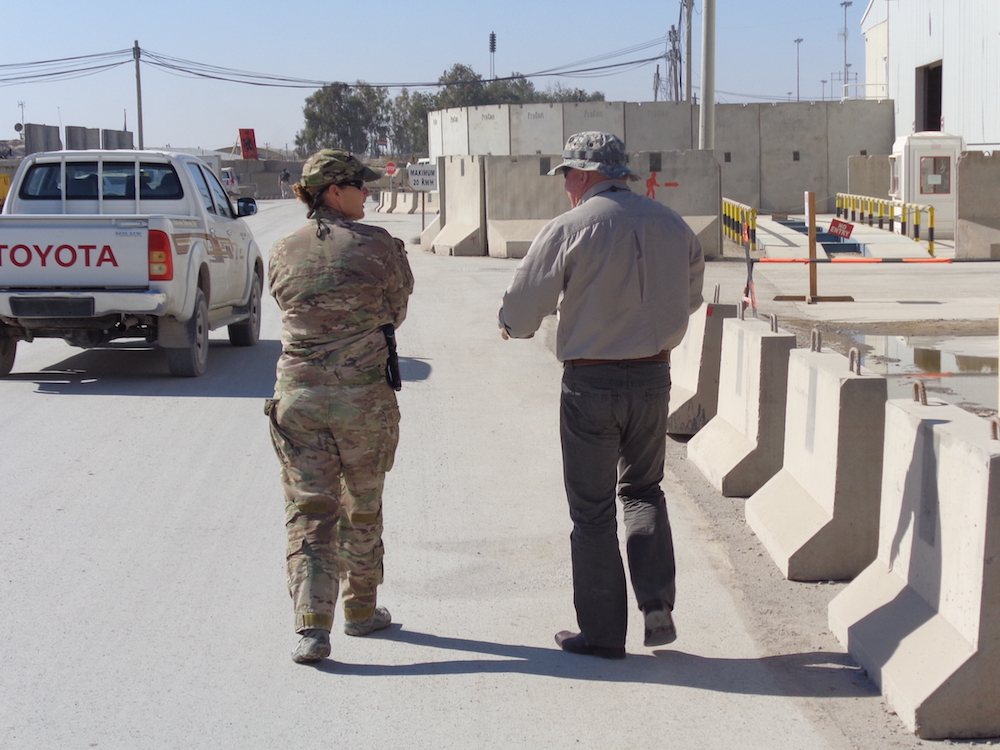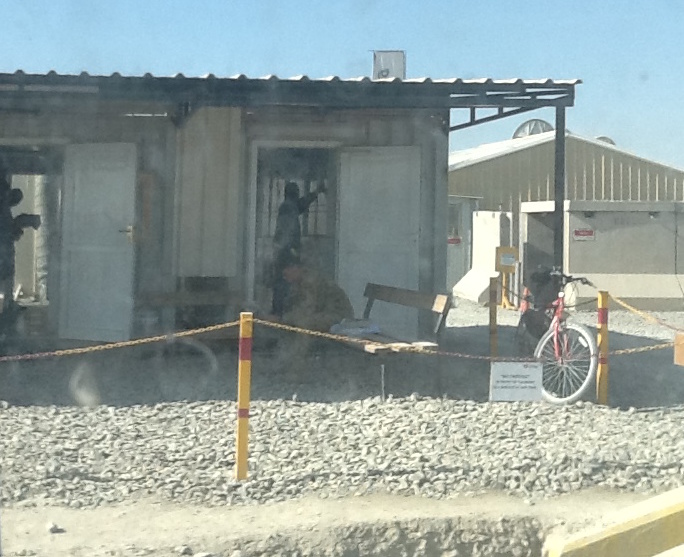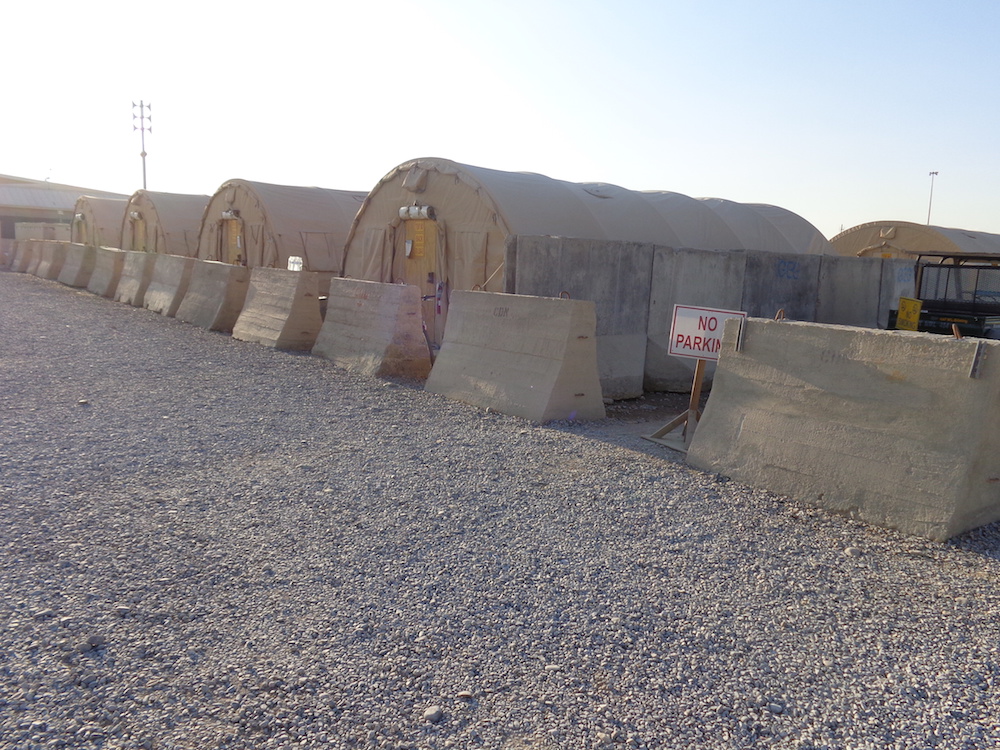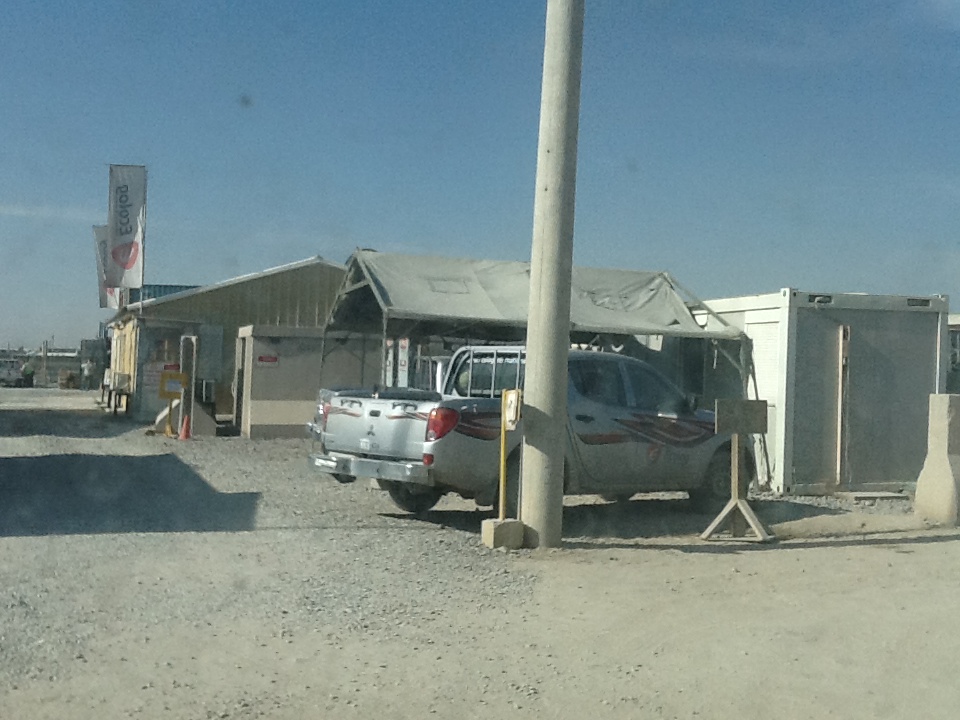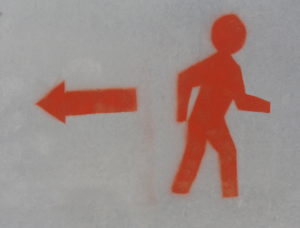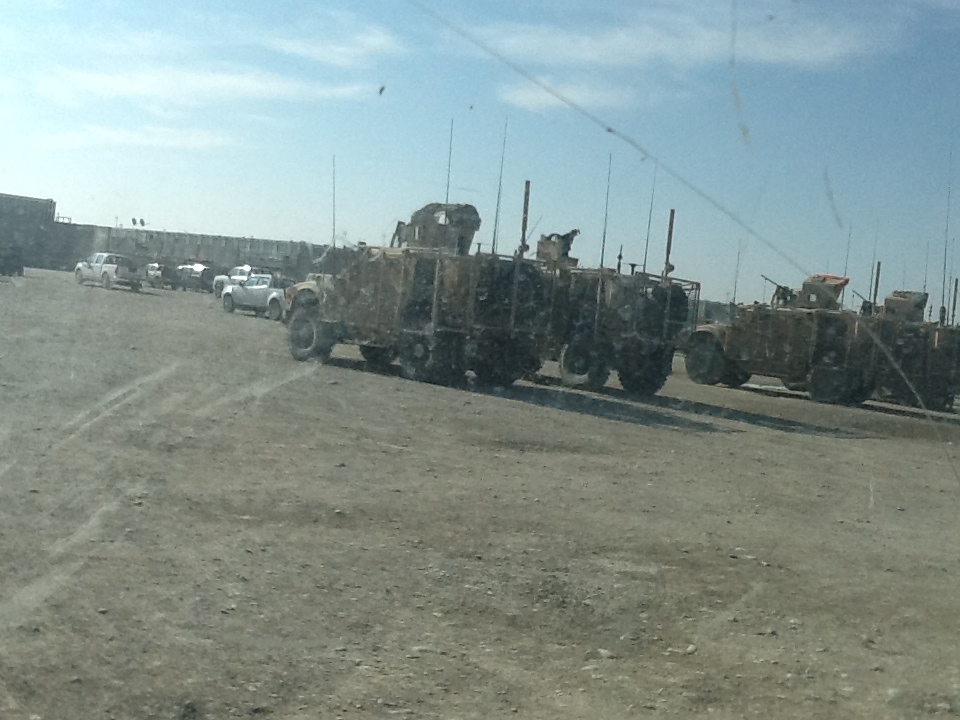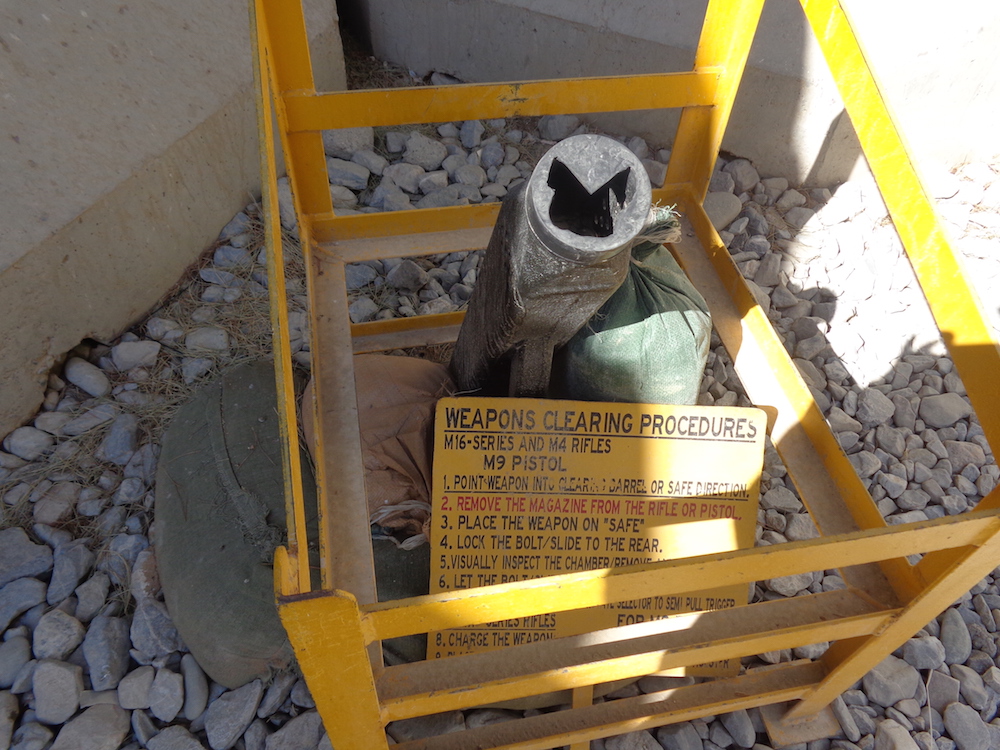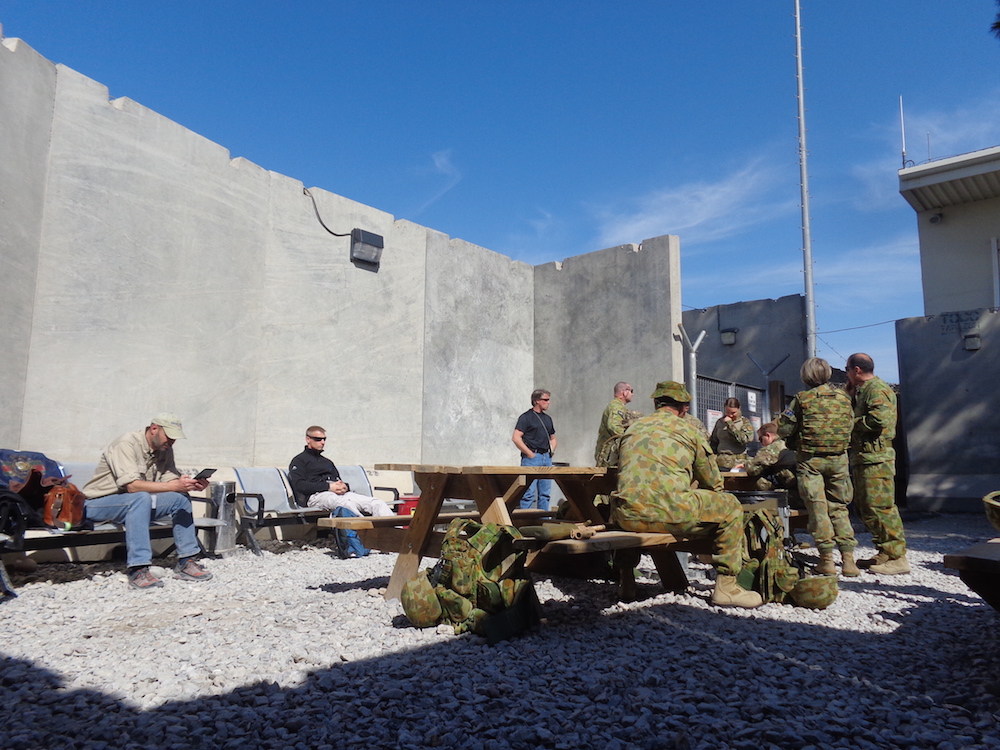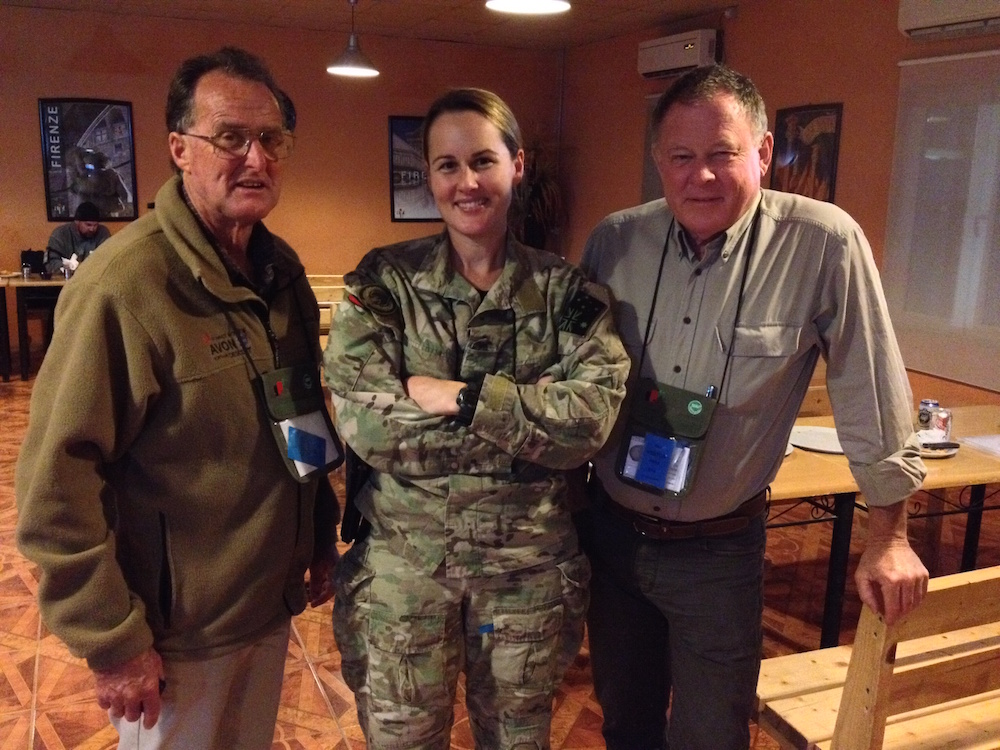In early November 2013 we got the word to go to Kandahar Air Field, Afghanistan, known as KAF.
- Map of Afghanistan and surrounding countries, showing Kandahar.
And though my good mate Ian Williamson and I had been contemplating this for some months the short notice caused us a flurry of activity. How to get into the Afghanistan war zone? Not easy.
We were told to book the daily contractors’ flight out of Dubai with Fly Dubai.
- flydubai charter plane into Kandahar.
The only scheduled flight from Dubai via Fly Dubai was into Kabul. I considered this very risky. After a few back and forth emails arrangements were made for the SASR to meet us at the airport. Things still didn’t seem right. Still at risk of being taken at Kabul.
We then ascertained that the flight into KAF that we were meant to take was operated by DFS, using a chartered Fly Dubai plane, giving the appearance that it was a Fly Dubai flight. Eventually, we were able to book two tickets on this DFS flight from Dubai into KAF, abandoning the Dubai to Kabul journey I had booked. A few hundred dollars down the drain – but better than being kidnapped. SNAFU.
DFS advertise that they have ‘people on the ground in some of the most inhospitable environments across the region’. DFS claim ‘a proven track record delivering solutions in the harshest conditions to the toughest locations’. Innovative Transport Solutions.
We flew Perth to Singapore and boarded the very new A380. What a magnificent aircraft. We had a 14 hour layover at Dubai and had to negotiate ‘permission to join the check-in queue’ at the contractor airline check in. A staff member was working her way along the queue checking entry permits to the war zone. We didn’t have one! But we did have a letter of authorisation from a three star US General – and that was acceptable.
- Approaching Kandahar Air Field.
The flight stopped at Bagram, the British controlled base in Afghanistan and we then headed for Kandahar Air Field. KAF is about 15 kilometres from Kandahar City in the province of Kandahar, the eastern neighbour of Helmand Province.
We were met by an Australian Army Major and whisked through entry formalities at the terminal. Bullet pockmarked ceiling, walls and other scars evidenced the ‘Taliban’s Last Stand’.
- Taliban’s Last Stand – the terminal at KAF.
Many readers would have been through Inductions prior to entering workplaces, particularly mine sites and other potentially hazardous workplaces.
Our induction into KAF:
“If you hear incoming rockets hit the ground immediately with your head away from the mountains.”
- Sandbagged shelter.
“Don’t run for a shelter – you won’t have time.”
We checked in at the Hotel Kandahar – steel reinforced 40’ containers sectioned into rooms. With the admonishment to not proceed anywhere unescorted we paid our US$200 per night. Rocket attacks at no extra cost.
- Arriving at Hotel Kandahar.
- Hotel Kandahar.
- Hotel Kandahar was two rows of 20′ containers with a walkway between them.
- View from the rear of the hotel.
- View from the front of the hotel.
Our transport to the Hotel Kandahar and for the duration of our stay was a Toyota Landcruiser, 4.5L V8 engine, 5 speed manual, 5 seater, left hand drive wagon. But this one was not your garden variety LandCrab. It had a few extras.
- Bullet in driver’s window.
- Bullet craze
Armored doors, roof and floor, bullet resistant windows, run flat tyres, and internal armor. Resistant to grenades, IEDS and small arms fire. The engine bay and fuel tank were armored to ensure the integrity of evasive functionality.
- Our PPO. Note the bullet-crazed window.
- Left hand drive armored Landcruiser.
These armored Landcruisers have various levels of fitout, depending on the end users’ requirements and the level of threat in the various theatre of operations. One of the most important security features is that the vehicle looks OEM.
- Stock looking Landcruiser.
This one comes in at around $400k. Not the sort of vehicle one would buy from the local Toyota dealer but there are a number of providers worldwide, particularly in the Middle East.
Anyway, it was considered safe enough to get us to our quarters.
Three Mile Mountain to the north of the airfield, between it and the city of Kandahar, is a distinctive landmark. It is from here that many of the rocket attacks against the base are launched.
- Three Mile Mountain, so called because of its distance from KAF.
Kandahar Airfield is the home to the US 4th Division on deployment. When the Australian Army deploys it sets ups tents and marquees. The Yanks build three storey brick buildings.
The Australian contingent at KAF was at Camp Baker.
- Our PPO.
- Australian quarters.
- Camp Baker carpark.
- Camp Baker Post Office
- Recreation area.
- SASR Area.
- Girder bent by a rocket projectile.
- A rocket pierced the building but failed to explode.
- Wall of Valour to honour those killed in action.
There was a strictly controlled speed limit of 25mph (40 kph) so when the Strykers came rushing in from a patrol at 80 kph it was evident they had casualties aboard.
- 8 wheeled mine finder Stryker.
KAF must rate as one of the most bizarre wartime creations in history, particularly The Boardwalk. Here one could access ice cream, KFC, TGIFs, skateboard tracks, a soccer pitch, a running track, and lots of deep fried food in the middle of a barren, war torn landscape. Far from home but not far from the comforts of home.
- The Boardwalk.
- Rules of the Boardwalk.
- The Boardwalk.
- Soccer pitch at the Boardwalk.
- Our PPO with Kim at the Boardwalk.
- Fraud Alert notice at the Boardwalk.
- TGIF at the Boardwalk.
- The comforts of home at TGIF.
With a population of 25,000 people, KAF equates to a medium size town. And while the war goes on the everyday exigencies of accommodation, power supply, rubbish disposal, sewage treatment, traffic management, parking, catering and entertainment are a constant.
When we got the tour of KAF we got the full tour. And that included the all important rubbish disposal facility and the struggling sewage works that gives the place a distinctive odour that hangs around day in and day out. It is said that troops are glad to go on missions ‘outside the wire’ to get away from the stench.
- Notorious sewage pond.
- Rubbish truck
- Rubbish disposal on a military airbase is an ongoing issue as in any populated place..
The main feature of KAF, the predominant look, the one thing that strikes you above all is – concrete.
- Concrete everywhere.
- KAF’s identity was walls like this.
The place is built from pre-made concrete panels and blocks. And 40’ containers. Backed up by concrete. There is so much concrete needed that there are five concrete batching plants operating on KAF.
- Concrete batching plant.
When one walks out of a DFAC, office or other building there is always a protective concrete wall. It is not possible to walk directly out of any structure. This is a safety/security feature. Green on blue attacks were a regular occurrence while we were there. Unless they involved Australian personnel they went unreported in the Australian media. Five Slovaks had been killed in the week before we arrived.
Australia was one of 60 nations in Afghanistan as part of the International Security Assistance Force or ISAF.
- ISAF Medallion
This involvement was the longest conflict in which Australia has been engaged – 12 years at the time we were there and eventually winding up after 13 years.
Operation Slipper as Australia’s involvement in Afghanistan was known commenced in late 2001. The peak number of Australian troops in Afghanistan was 1600. Australia’s main contingent was withdrawn from Tarin Kowt in Uruzgan Province in late 2013. Forty two Australian soldiers were killed in this conflict.
KAF is alive with activity from every imaginable flying apparatus. Fast jets scream overhead, dual-rotor Chinooks lift off in a cloud of dust, unmanned Predators and Reapers take off and land at the far end of the runway, C130s taxi in to deliver another contingent of troops and pick up those departing, Galaxy C5s lumber out occasionally, ancient Russian-designed helicopters are parked in the distance, and Blackhawks are lined up waiting for action.
- Lockheed C-5 Galaxy
- Lockheed C-130 Hercules turboprop transport plane.
- Boeing CH-47 Chinook
- The Predator is the primary remotely piloted aircraft used in Afghanistan by the USAF and the CIA for offensive operations.
- Russian helicopter.
- Sikorsky UH-60 Black Hawks – workhorse of the US Army.
During the period of ISAF operations, KAF was the busiest single runway airport in the world – with in excess of 800 aircraft movements per day.
KAF is protected around the clock by jet fighter planes. Known as ‘Fast Jets’ and supplied by the Belgians there is always two of these F16s airborne at any one time. The fresh team take off before the retiring crew land.
- One of four F-16 Falcon ‘Fast Jets’ operated by the Belgian Air Force at KAF.
We went ‘airside’ to view the action. Security concerns prevented too many photographs.
- Airside at KAF.
- Aircraft hangars.
KAF is an alcohol free base. The ‘near beer’ was dreadful and the most popular alternative was coffee. The base featured numerous coffee shops.
- Soldier with an M16 in one of many coffee shops.
- Green Beans Coffee
There was a strange dichotomy walking out of lavishly stocked PX stores that made one forget it was a war zone into dusty streets lined with sandbagged concrete bunkers.
- Advertisement outside PX.
- Just like back in the good ole USA.
- Lots of sales pressure.
- Mobile PX.
From that to this.
- Ian outside a bunker.
- Bunker entrance.
- Sandbags outside bunker.
- Security walls everywhere.
It is sometimes difficult to locate the KAF from the sky during day-time because of lack of contrast with the ground and the all-pervading dust or haze in the area. But at all times dirigibles stand silent sentinel over the base.
- Aerostat over KAF.
- Tethered Aerostat.
These 35m long, helium filled dirigibles are known as ‘Aerostats’. Three of them are positioned 450 metres (1500 feet) above KAF around the clock. There is always disquiet should one be on the ground for whatever reason. When they are brought down for maintenance they have hundreds of bullet holes in them.
With onboard infrared and color video cameras they give commanders a continuous view of the landscape.
- Walking in KAF.
The Ops Room at KAF was set up like a lecture theatre with the Controllers (all Captains, Majors or Colonels) sitting behind monitors, looking down on large screens that displayed live feeds of patrols outside the wire. No patrol went outside without being monitored by drones or dirigibles. It’s the way of modern war fighting.
KAF was a bleak, colourless, US Army-run town in a war zone.
- Dongas.
- Accommodation for troops.
- Typical of the base.
- Chapel.
- A sameness.
- The impression of a run down town.
An attempt at humour or done inadvertently?
- Humour or oblivious.
As one would expect on a base of this size there are a great number and variety of vehicles. The most impressive are the MRAPs – Mine Resistant Ambush Protected vehicles.
- MRAPS going on patrol.
MRAPS have been around since the 1970s when they were developed by and for the Rhodesian Army, and then further developed by South Africa with the Hippo armored personnel carrier.
This was the inspiration for the American MRAP program.
- MRAPS parked up.
There is no common MRAP vehicle design. Each manufacturer has its own design of vehicle. MRAPs usually have V-shaped hulls to deflect explosive forces from land mines or IEDs below the vehicle. They weigh from 14 to 18 tons, are up to 3 metres high, and cost between $500,000 and $1,000,000. With the surge in AFG and Iraq the US Army bought 27,000 MRAPs between 2007 and 2012 at a cost of $50 billion. They are a very big vehicle, expensive to transport, operate and maintain. At the end of the campaign in Afghanistan they will either be sold to allies or destroyed in situ at a cost of more than $10,000 each.
- MRAPs
The gates on the sides of the vehicle are to cause pre-detonation of rockets. The antennas are part of the communication system or part of the Electronic Counter Measures package.
All too soon the tour was ending. Departure from the KAF terminal was an interesting experience.
- The only place on KAF that has trees is the terminal.
- Weapons clearing procedure.
- Waiting to depart at the ‘gate’.
- Ian, Amanda, Kim
All information on this page is in the public domain.
© Kim Epton 2013-2024
2095 words, 77 photographs
Feel free to use any part of this document but please do the right thing and give attribution to adventures.net.au. It will enhance the SEO of your website/blog and Adventures.
See Terms of Use.
